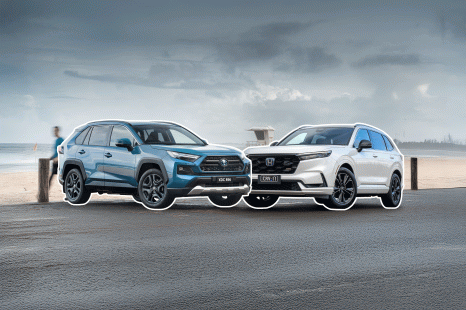

Andrew Maclean
Honda CR-V RS e:HEV vs Toyota RAV4 Edge Hybrid: Spec battle
5 Days Ago
How do circa-$30,000 versions of some of the best-selling – and newest, most exciting – compact SUVs on sale in Australia stack up?

Senior Contributor
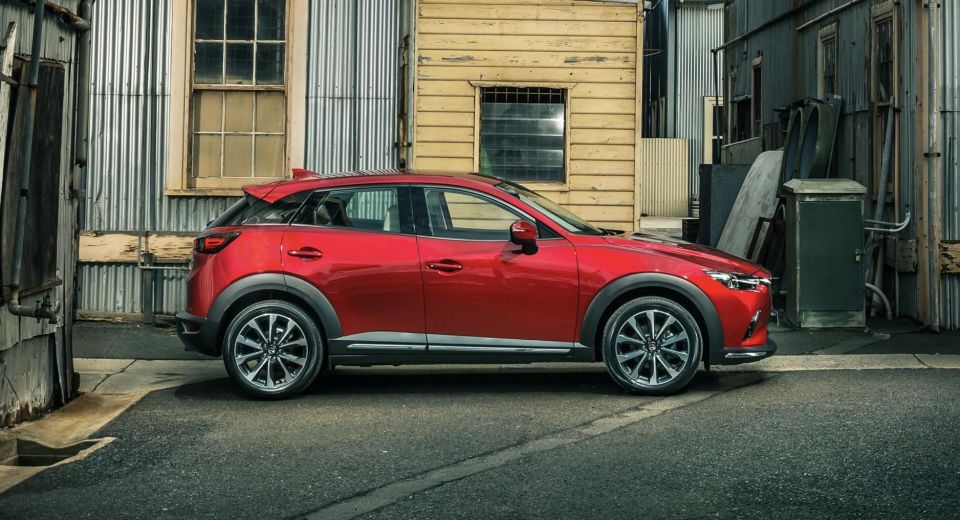

Senior Contributor
Light and small SUVs continue to find greater share of the overall market, pinching sales from traditional lower-riding hatchbacks at a rate of knots.
Year-to-date, 15 per cent of all vehicles sold fit into this category.
Moreover, the market never stays still for long. The Ford Puma is about to go on sale and has been priced already, the MG ZST is a new model to the range (sat above other ZS versions), and the new Nissan Juke (hence we we didn’t select the older Qashqai) and Volkswagen T-Cross hit showrooms just this year.
There have also been respective running updates to the Honda HR-V, Suzuki Vitara, and Toyota C-HR in recent times.
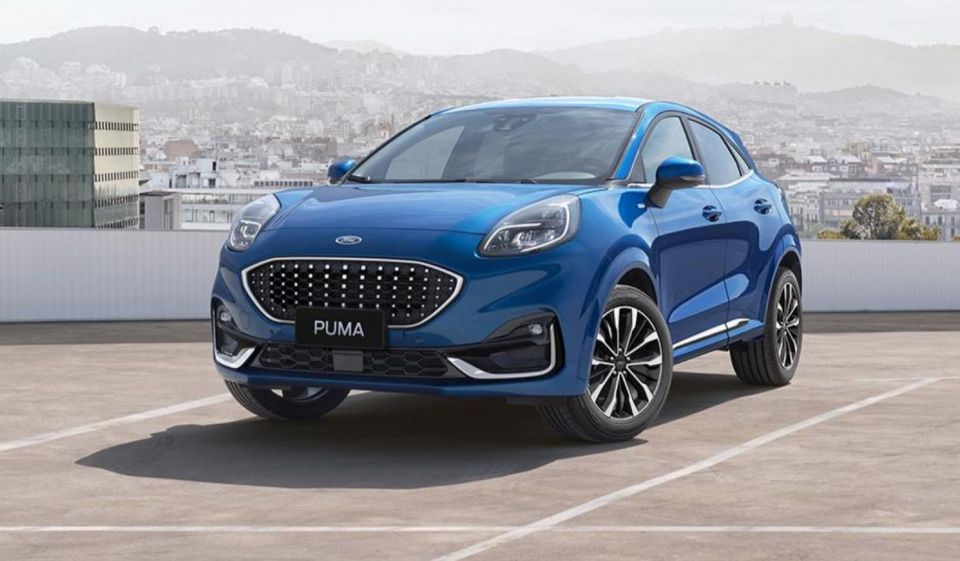


With all this in mind, it makes sense to do a specs comparison looking at 12 of the best and/or most popular models on offer. This is especially true given we’re limited in what ‘proper’ comparison tests we can do during the Victorian COVID-19 lockdown.
To simplify matters, we’ve selected spec grades with list prices around the $30,000 mark, equal to drive-away pricing between $32,000 and $35,000 depending on particular deals – all of which are subject to change.
Naturally, all models here come in various specification levels to choose from, and many offer various engine and drivetrain options as well. It’s highly complex, nevertheless we hope this proves a useful buying tool.

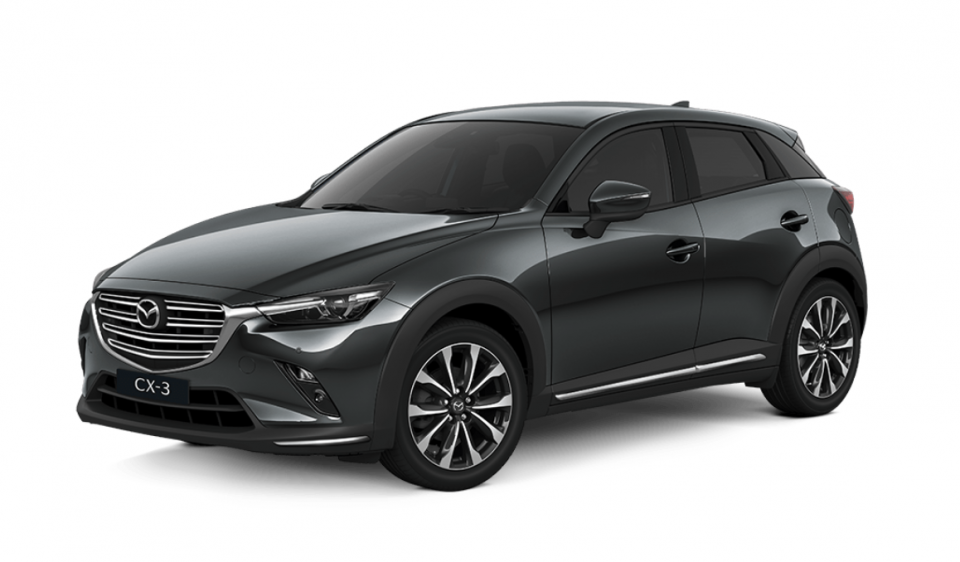

If we look at ‘list’ pricing, which is the sticker price before State taxes, rego payment, and dealer delivery costs, the running order goes like this:
For drive-away pricing, we sought quotes from each brand using whatever type of on-site configurator they offer, with location set to Melbourne CBD. The new Ford Puma and just-updated Toyota C-HR are not yet priced drive-away, hence the ‘N/A’.
The Mazda and Suzuki are $31,990, the MG $32,490, the Volkswagen $32,990, the Mitsubishi $33,190, the Nissan $33,490, the Kia $33,990, the Honda $34,315, the Hyundai $34,488 minus a $750 cash bonus, and the Subaru $35,990.
See the table embed immediately below for a clearer display of the pricing data, as well as cells showing the starting and flagship list pricing for the entire model range.
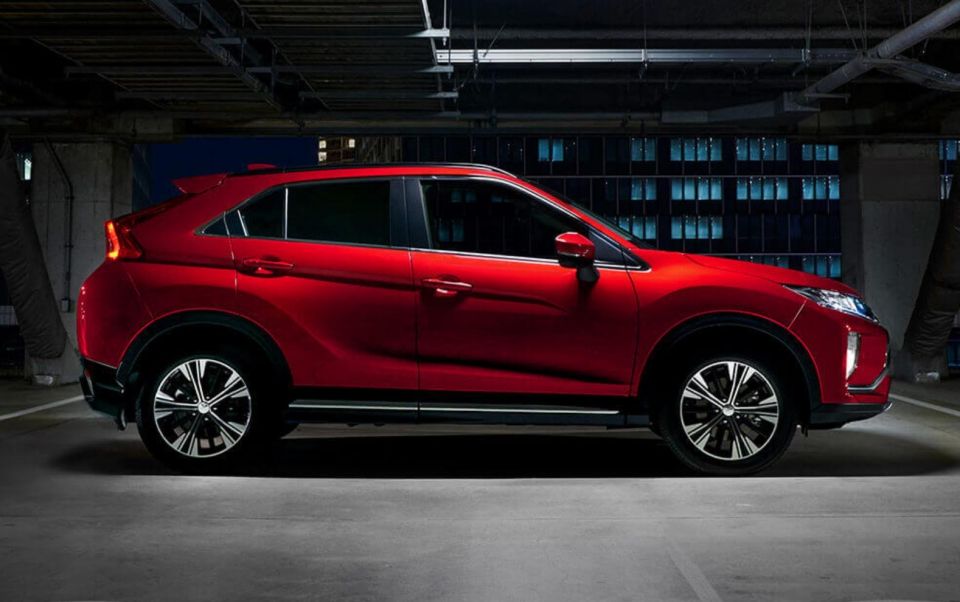
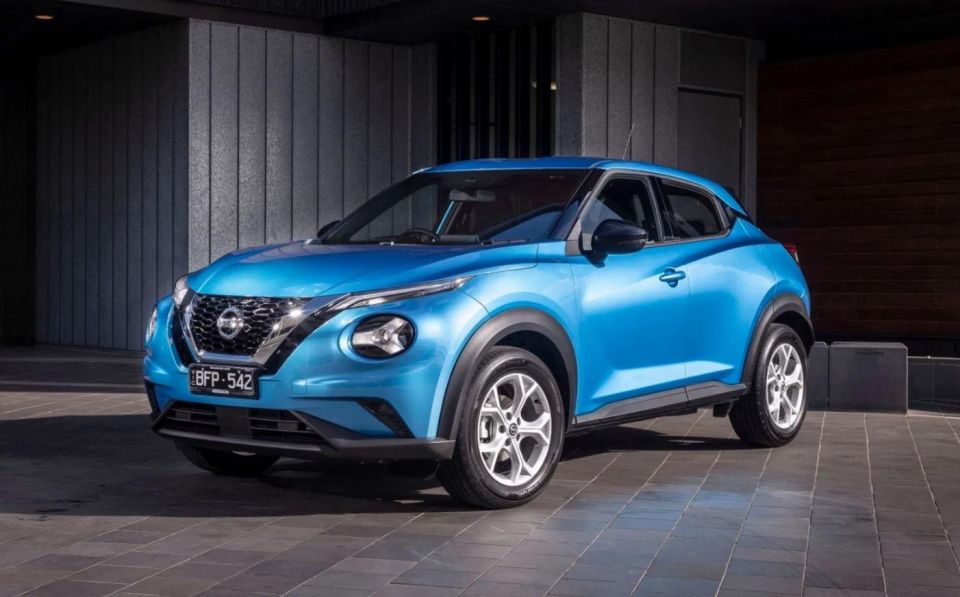

Length varies from 4108mm nose-to-tail (Volkswagen T-Cross) out to 4465mm for the Subaru XV.
The heights vary from 1535mm for the car-like Mazda CX-3 through to 1685mm for the Mitsubishi Eclipse Cross.
You could throw a blanket over the field when it comes to width and wheelbases.
Ground clearance varies from a low of 137mm (Toyota C-HR) through to 220mm (Subaru XV), with most mid-way between.
The Suzuki Vitara is lightest here at 1160kg, a full 290kg less weighty than the Mitsubishi.
Boot space measured with the second seating row in use varies from a low of 264 litres (Mazda CX-3), to a high of 437L for the always-capacious Honda HR-V.
For context, so you can get an idea of how small these SUVs are as a rule, a humble Toyota Corolla measures 4375mm long x 1435mm high, and weighs 1390kg.

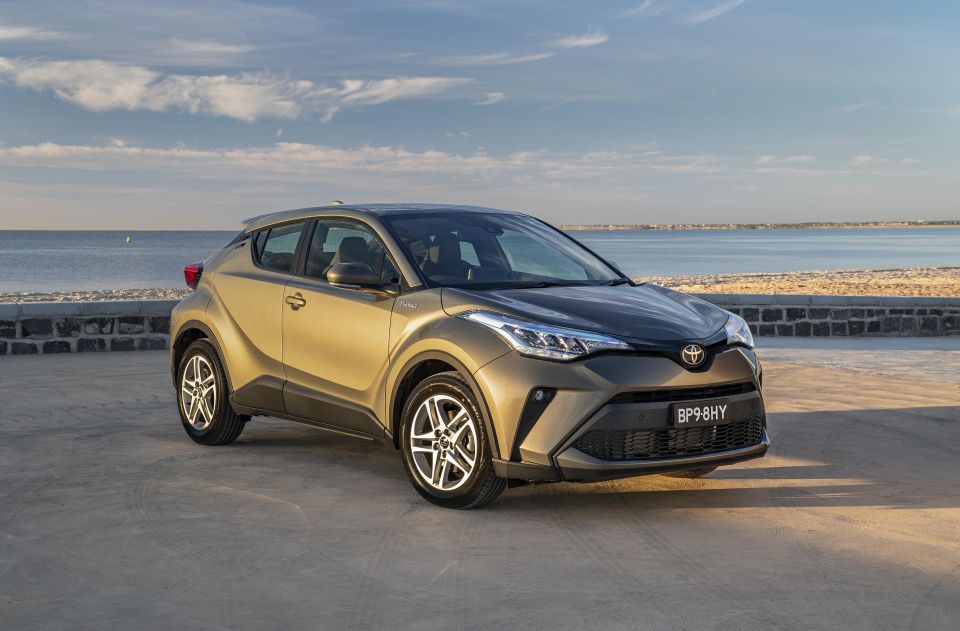

Longest to shortest:
Boot capacity biggest to smallest:
See all the dimensions compared in the table below.
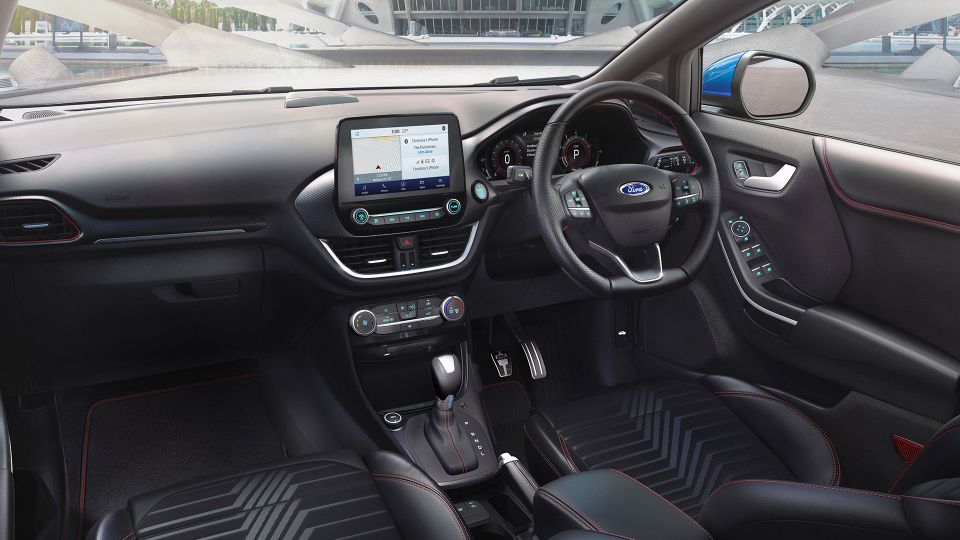

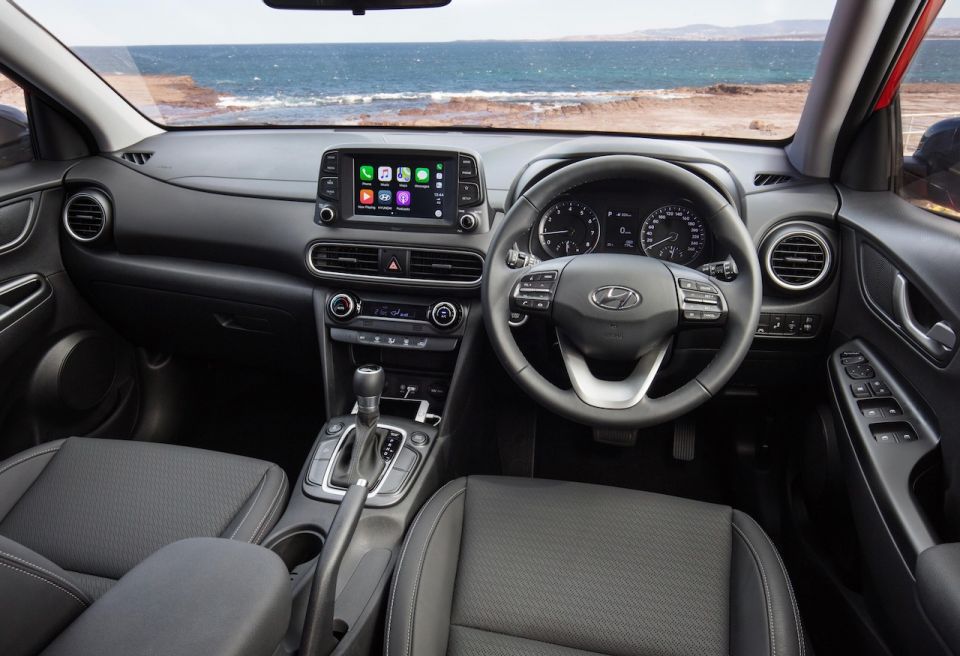
Every vehicle looked at here has petrol power, and automatic transmissions – be they torque-converter, dual-clutch, or CVT. This setup is far and away the most popular. Indeed, only the Mazda and Suzuki have a manual option, and in the case of the Vitara it’s only with a less powerful engine.
All that come with a front-wheel drive (FWD) have been chosen in this form, leaving the all-wheel drive (AWD) only Subaru XV as an orphan. The Hyundai Kona, Kia Seltos, Mazda CX-3, Mitsubishi Eclipse Cross, Suzuki Vitara, and Toyota C-HR can be ordered with on-demand AWD systems if you fancy some wet-weather traction enhancement.

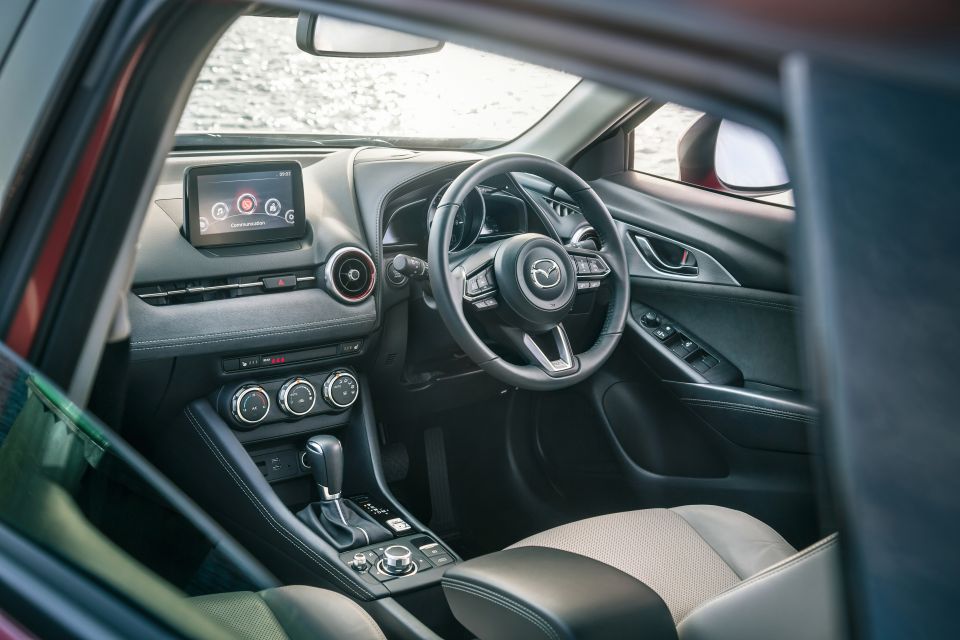

The engines have a variety of displacements from 1.0-litre to 2.0-litre, have either three- or four-cylinder layouts, and are either turbocharged and naturally aspirated. The rundown looks like this:
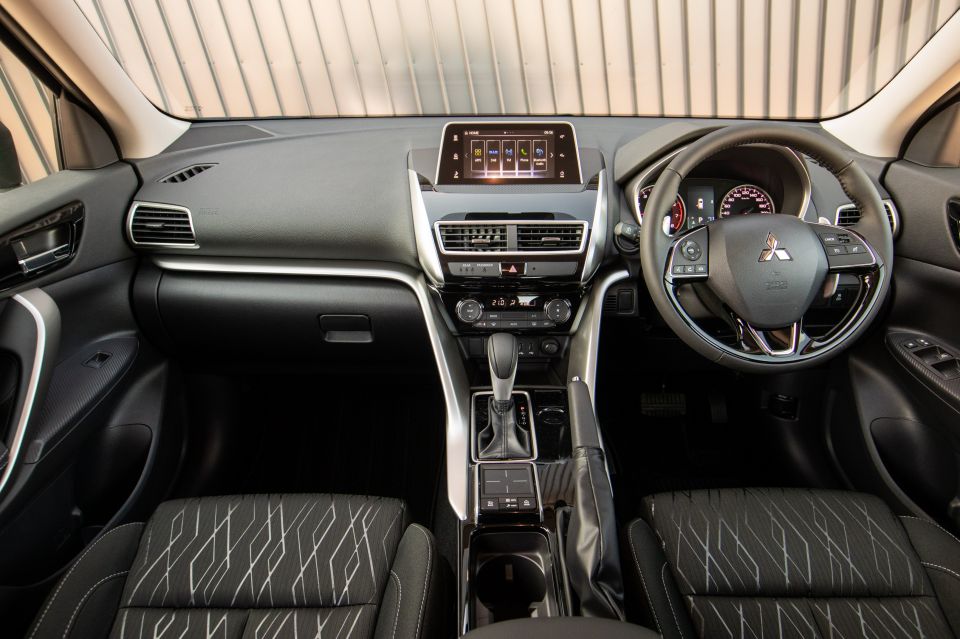


The running order from most fuel-efficient to least fuel-efficient, based on ADR figures. In brackets is the recommended fuel type.
We should also note that there are engine choices not linked here. The Hyundai and Kia both come with a 1.6-litre turbo with 130kW, a DCT, and AWD. The Suzuki Vitara comes with a cheaper naturally aspirated 1.6-litre and FWD, and the Subaru XV and Toyota C-HR come with fuel-saving hybrid options.
See all the drivetrains compared in the table below:
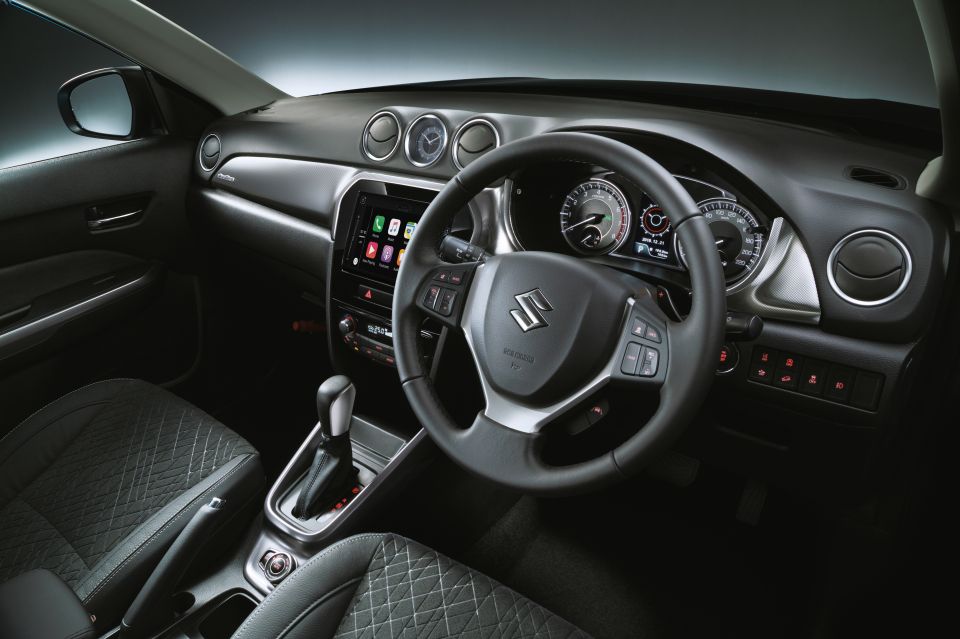

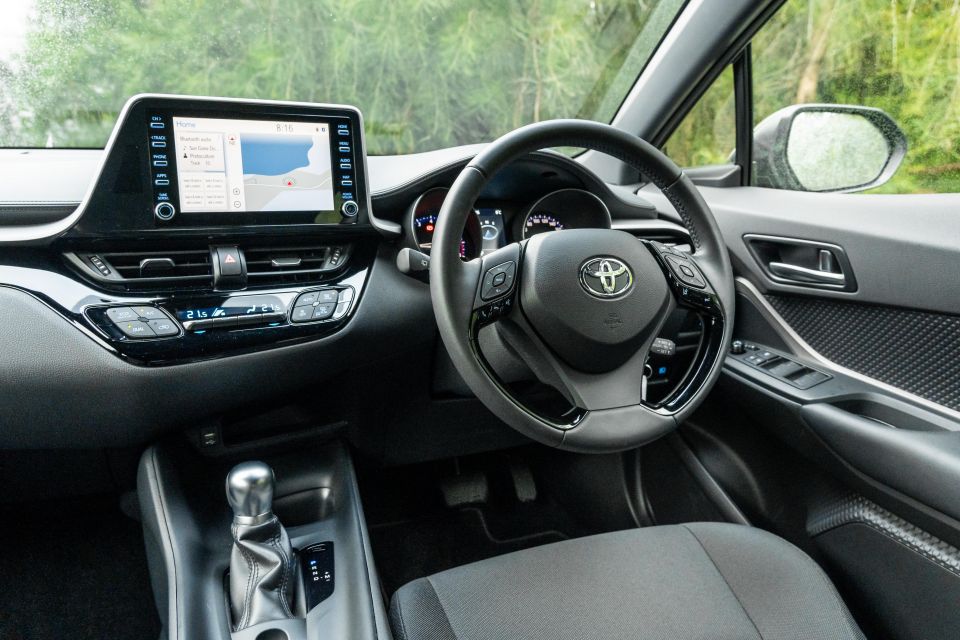
Every car tested at this particular spec grades (remember, for more money you can get some of these with more spec) comes with: alloy wheels, climate control, a touchscreen, Apple CarPlay and Android Auto.
All bar the Juke have button start and a proximity key, features that can be had on the higher-grade Juke ST-L and Ti.
The other features listed here and detailed in the comparative tables below include: LED headlights (8/12 entrants have), rain-sensing windscreen wipers (8/12), cloth seats (9/12, with the other three offering artificial leather), satellite navigation (8/12), DAB+ digital radio (7/12), and a wireless phone charger (just 2/12 at these spec grades tested).
The Chinese MG ZST is the best-equipped on paper, though it lacks digital radio and a Qi wireless phone charger. It’s the only car here with a sunroof, at this spec grade anyway. The Ford Puma also stacks up really well.

If we give each tested vehicle a number indicating the number of 14 listed features they have at the tested grades – LED headlights, alloy wheels, button start, proximity key, rain-sensing wipers, sunroof, leather-type seats, climate control, touchscreen, sat-nav, Apple CarPlay, Android Auto, DAB+, and a wireless charger – they go like this (the higher the better):

See all the features compared in the table below:
All bar one car (the four-star MG) have five stars from crash tester ANCAP, though be aware that the more modern the date stamp, the harder a car’s test was.
Every car here has some form of autonomous emergency braking (AEB) that can recognise other cars and apply the brakes if the driver doesn’t. Some systems, such as the Toyota’s, can operate at night and recognise pedestrians and cycles.
At the specification levels tested, the other features offered on each car include (from longest list to shortest):
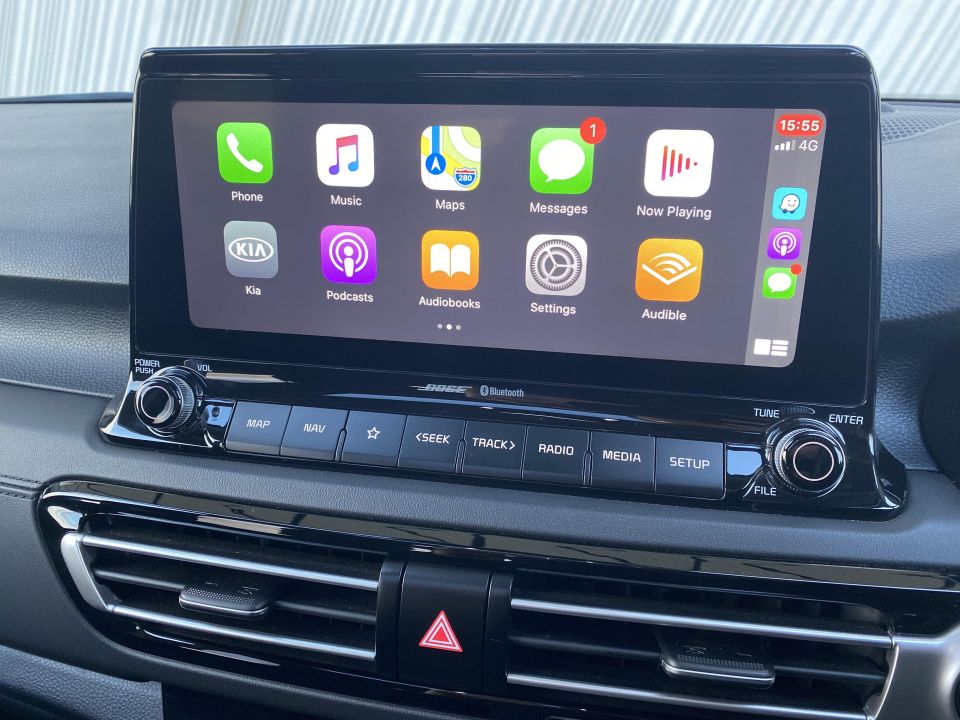
See active safety features compared in the table below:
The Kia Seltos and MG ZST have the longest warranties here, at seven years with no distance limit.
The rest all have a five-year and unlimited-kilometre warranty, except for the Mitsubishi which has a five-year/100,000km warranty.
Servicing intervals and the capped-price of the first four visits (based on the manufacturer websites) look like the following list:
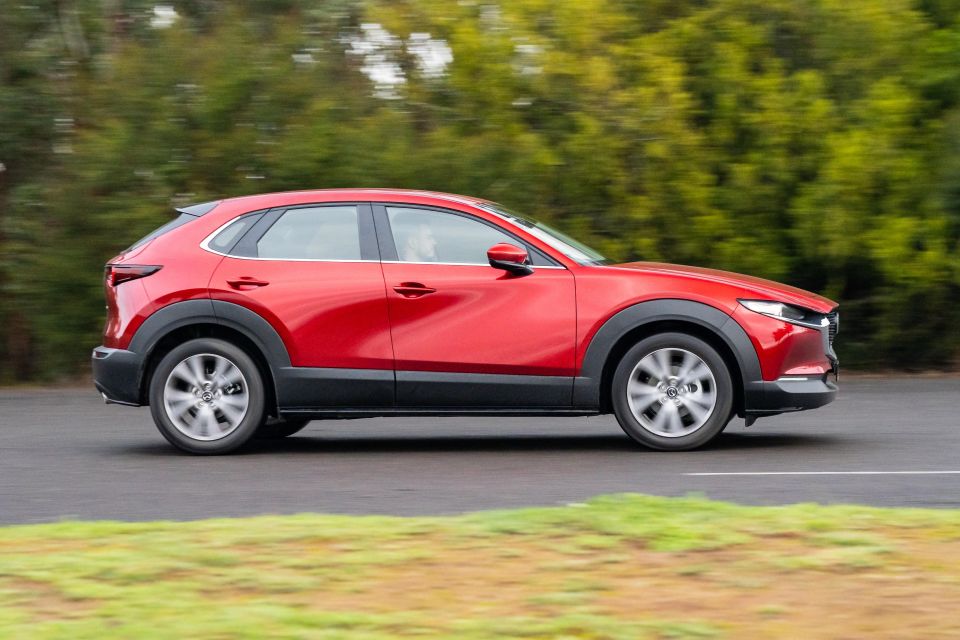




Andrew Maclean
5 Days Ago
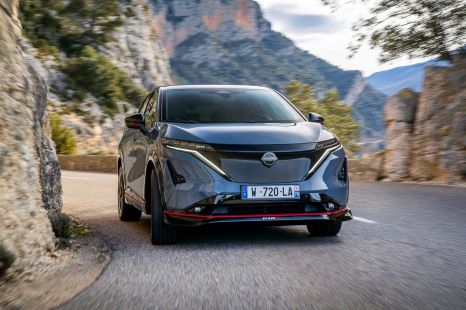

Shane O'Donoghue
5 Days Ago


Anthony Crawford
4 Days Ago
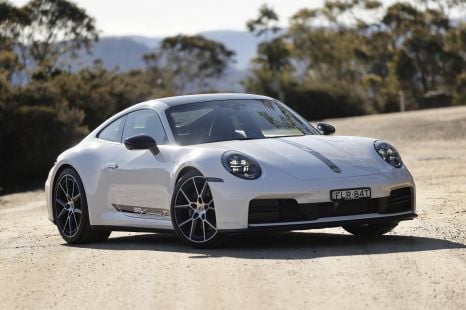

Matt Campbell
3 Days Ago
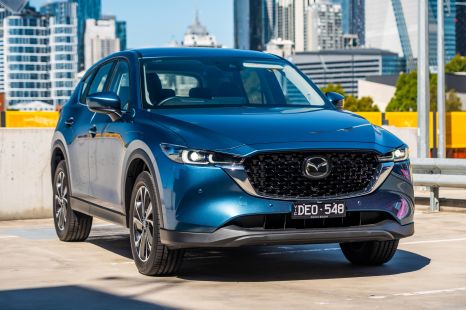

James Wong
2 Days Ago
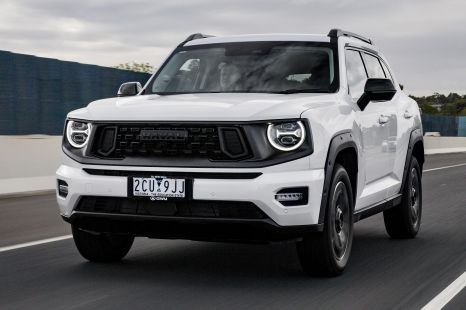

Max Davies
14 Hours Ago